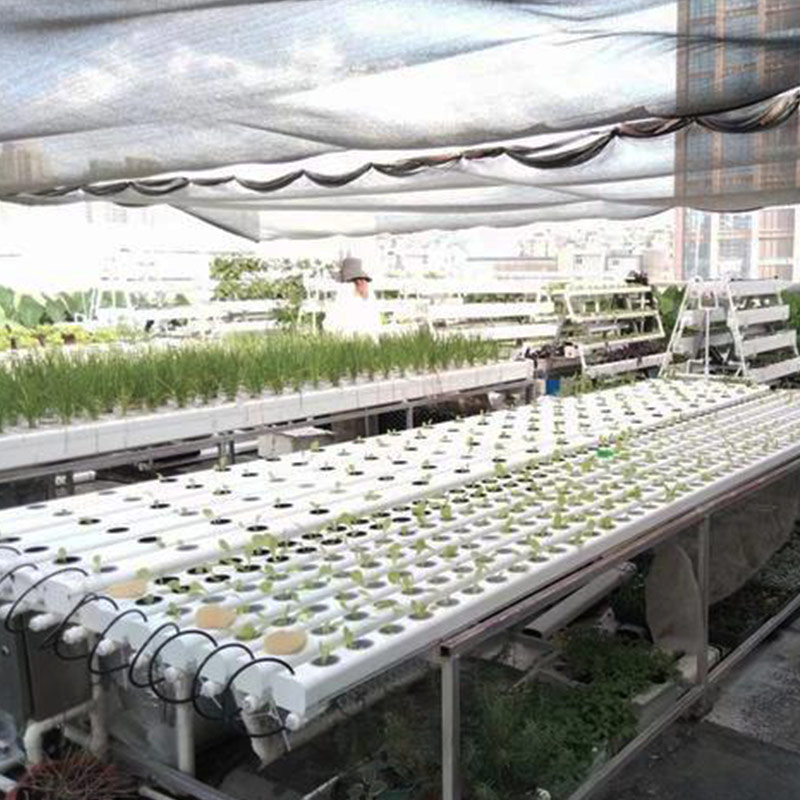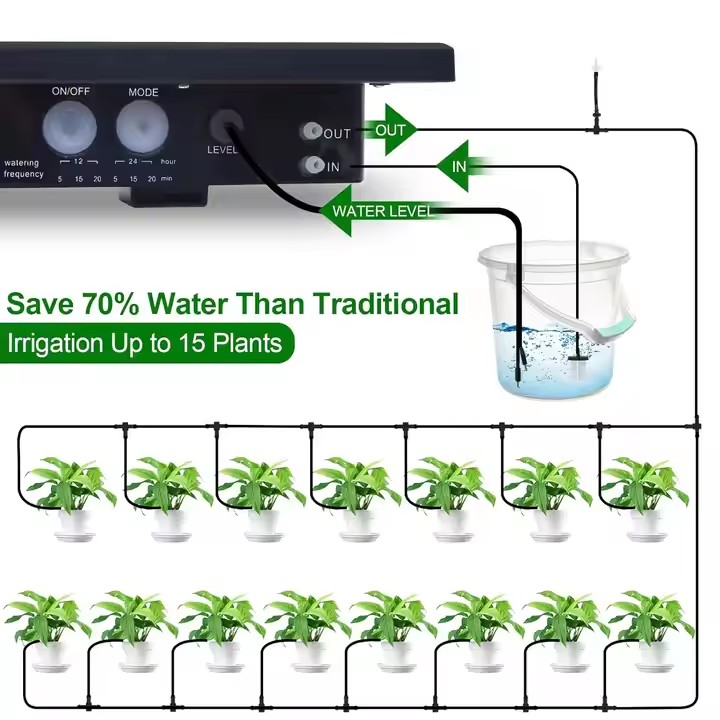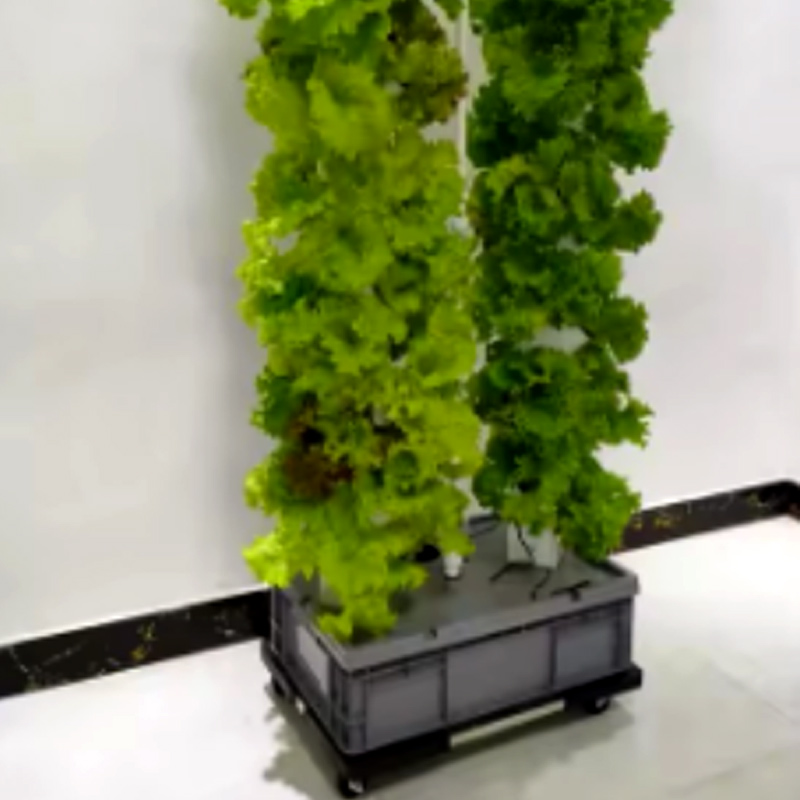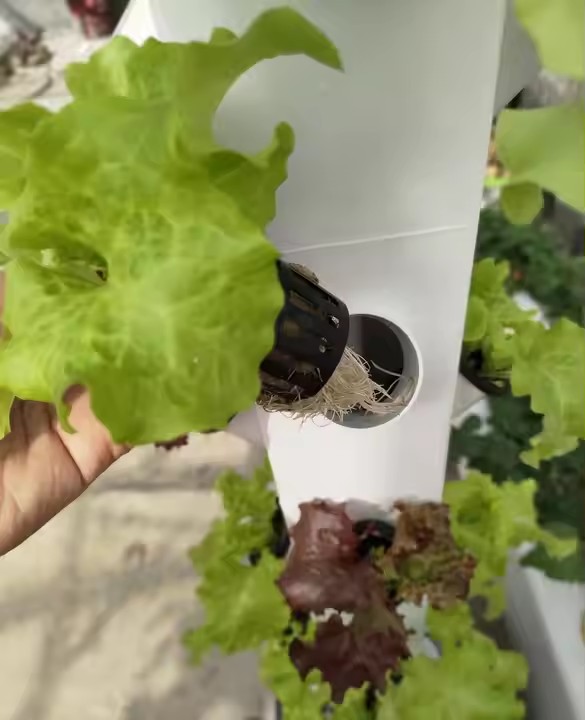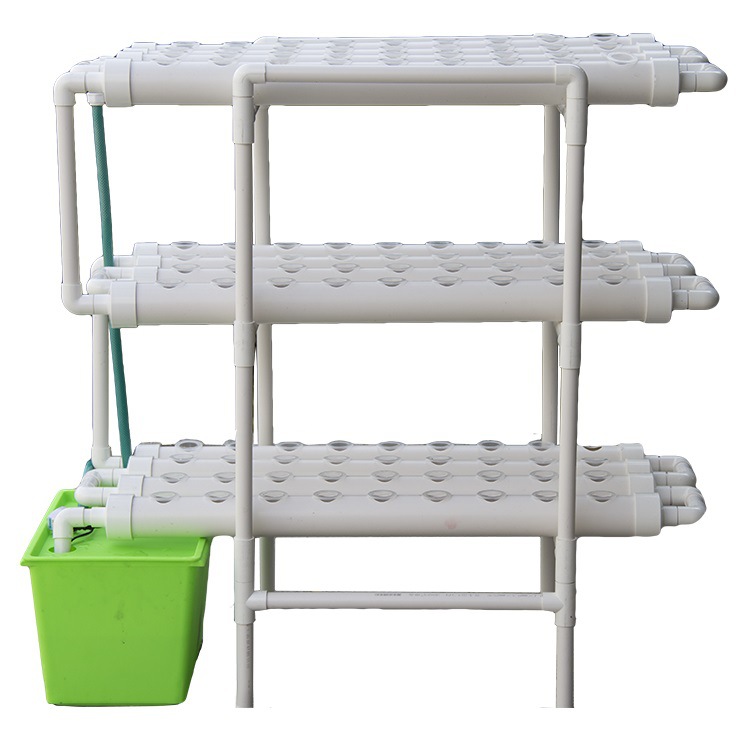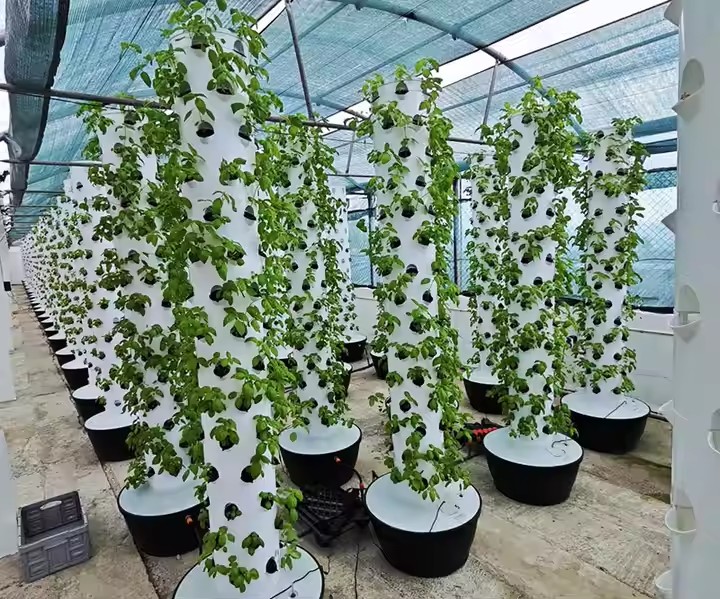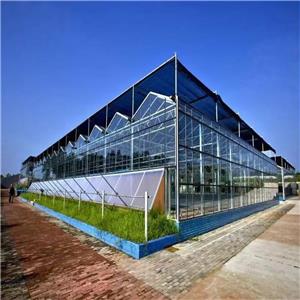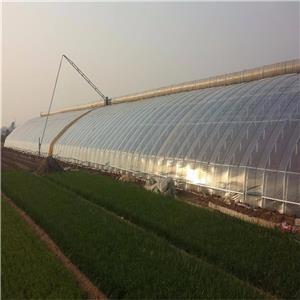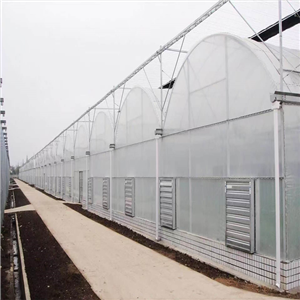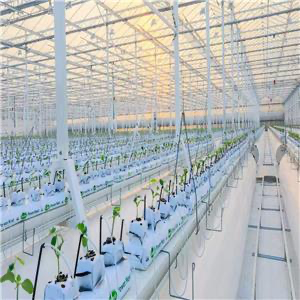
Tidal Flow Seedbed is an advanced hydroponic growing system that utilizes periodic flooding and draining to optimize plant growth. Also known as Ebb and Flow, this method alternates between saturating the grow tray with nutrient-rich water and allowing complete drainage, creating ideal conditions for root oxygenation and nutrient absorption.
Tidal Flow Seedbed
-------The Complete Guide to Ebb and Flow Hydroponics
1. Introduction to Tidal Flow Hydroponics
The tidal flow seedbed, commonly called the Ebb and Flow or Flood and Drain system, represents one of the most versatile hydroponic cultivation methods. This system periodically floods the grow bed with nutrient solution before completely draining it away, creating an optimal balance of oxygen, water, and nutrients for plant roots.
Originally developed for commercial greenhouse operations, tidal flow technology has been adapted for everything from home herb gardens to large-scale vegetable production. Its unique pulsed irrigation approach mimics natural tidal movements, making it particularly effective for seed starting, vegetative growth, and fruiting plants.
2. Historical Development
The concept of tidal irrigation dates back to ancient Mesopotamian gardens, but modern hydroponic applications emerged in the 1930s when researchers discovered its benefits for oxygenating root zones. The 1970s saw commercialization of the technology, with NASA later adopting modified versions for space agriculture experiments.
3. Scientific Principles
Tidal flow systems operate on three core principles:
Hydroponic Nutrition - Delivers complete mineral solutions directly to roots
Oxygenation Cycles - Drain phases allow atmospheric oxygen to penetrate root zones
Capillary Action - Growing media wicks moisture during dry periods
Studies show this alternation between anaerobic and aerobic conditions:
Increases root hair development by 40-60%
Enhances nutrient uptake efficiency
Reduces pathogen risks compared to constant-flow systems
4. System Components of tidal flow seedbed
A complete tidal flow system includes:
Hydraulic Components
Reservoir tank (20-1000L capacity)
Submersible pump (300-2000 GPH)
Flood tray (standard sizes: 1x2ft to 4x8ft)
Drain fittings (bulkhead or standpipe designs)
Control Systems
Digital timer (15-minute resolution minimum)
Float valves (for auto-refill)
pH/EC monitors (advanced systems)
Structural Elements
Support table (adjustable height)
Lighting rig (for indoor setups)
Media containment (fabric pots or solid trays)
5. System Variations
| Type | Flood Depth | Cycle Frequency | Best For |
|---|---|---|---|
| Shallow Flood | 1-2 inches | Every 2 hours | Microgreens, lettuce |
| Deep Flood | 4-6 inches | 3x daily | Tomatoes, peppers |
| Vertical Stack | 0.5 inches | Continuous | Strawberries, herbs |
| Hybrid Aeroponic | Mist + Flood | Variable | High-value crops |
6. Growing Media Comparison of tidal flow seedbed
Clay Pebbles:
Pros: Excellent drainage, reusable
Cons: Low water retention
Rockwool Cubes:
Pros: Ideal moisture balance
Cons: Non-biodegradable
Coco Coir:
Pros: Sustainable, pH neutral
Cons: Decomposes over time
Perlite/Vermiculite:
Pros: Lightweight
Cons: Compaction issues
7. Nutrient Management of tidal flow seedbed
Optimal nutrient parameters:
pH Range: 5.8-6.3
EC Levels: 1.2-2.4 mS/cm
Flood Duration: 10-30 minutes
Drain Time: Complete within 5 minutes
Pro Tip: Add hydrogen peroxide (3ml/L) weekly to prevent anaerobic bacteria.
8. Automation Advancements of tidal flow seedbed
Modern systems integrate:
IoT sensors for real-time monitoring
Machine learning to optimize flood cycles
Solar-powered pumps for off-grid use
Automated dosing of nutrients/pH adjusters
9. Advantages
Root Zone Optimization: Alternating wet/dry cycles prevent rot
Energy Efficiency: Pumps run only during floods
Scalability: From desktop units to acre-sized installations
Crop Versatility: Supports over 200 plant species
10. Limitations
Power Dependency: Pump failures can be catastrophic
Media Contamination: Salt buildup requires flushing
Algae Growth: Needs light-proof components
Initial Cost: ~500 per sqm setup
11. Top Performing Crops
Best Results:
Leafy greens (kale, chard)
Herbs (basil, mint)
Fruiting vegetables (eggplant, cucumber)
Medicinal plants (cannabis, echinacea)
Poor Candidates:
Root crops (carrots, potatoes)
Large trees
Aquatic plants
12. Installation Guide of tidal flow seedbed
Step-by-Step:
Level the grow table (≤2° slope max)
Install bulkhead drains (1 per 4 sqft)
Place media containers (5-10% oversized)
Program timer (start with 4x 15-min floods/day)
Test runoff pH/EC after first cycle
13. Operational Protocols of tidal flow seedbed
Daily: Check pump operation
Weekly: Test reservoir chemistry
Monthly: Flush system with clean water
Annually: Replace media/tubing
14. Maintenance Checklist of tidal flow seedbed
✓ Inspect pump filters
✓ Monitor media decomposition
✓ Clean salt deposits
✓ Verify drain speeds
15、Conclusion of tidal flow seedbed
The tidal flow seedbed remains one of the most reliable and adaptable hydroponic systems available today. Whether for small-scale urban farming or industrial agricultural production, its unique flood-and-drain mechanism provides unparalleled control over root zone conditions. With advancing automation and sustainable designs, tidal flow technology is poised to play a critical role in future food systems.

